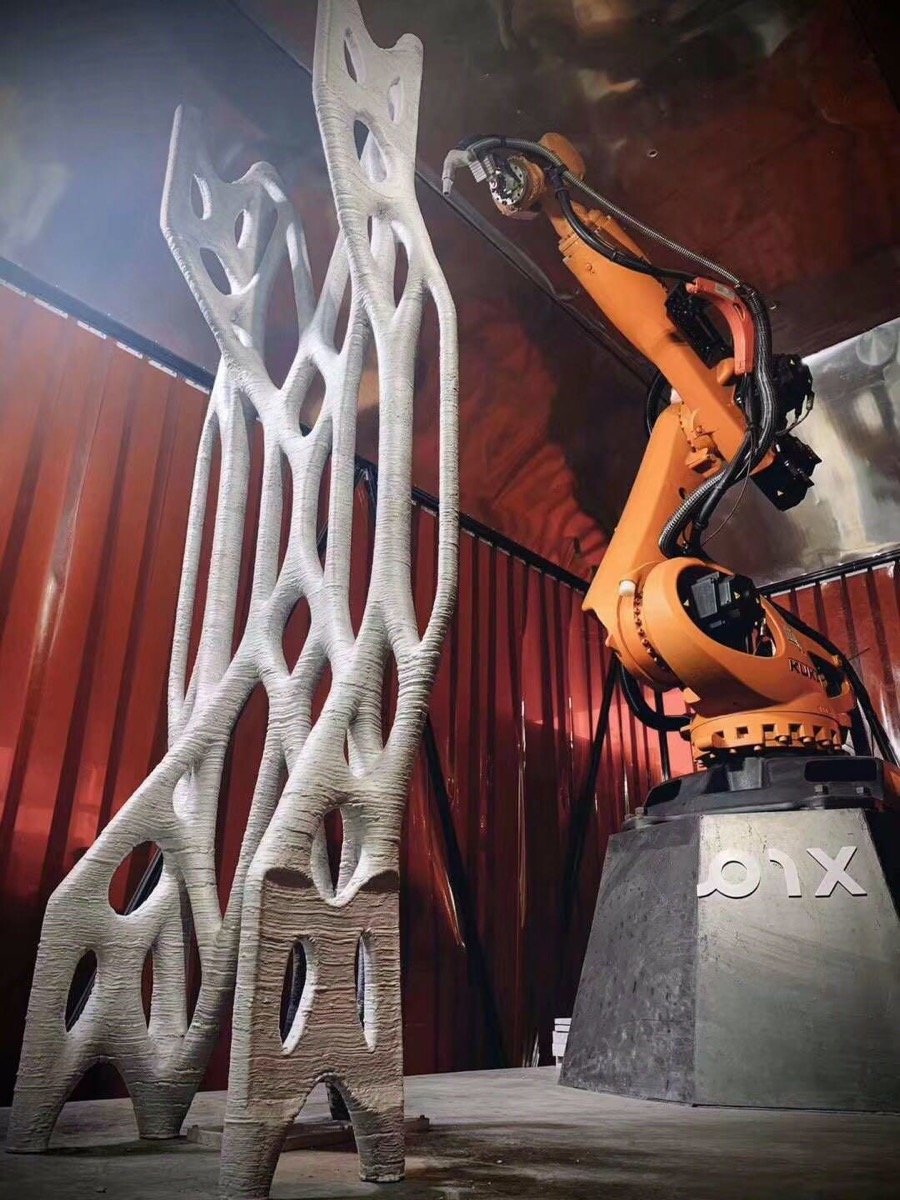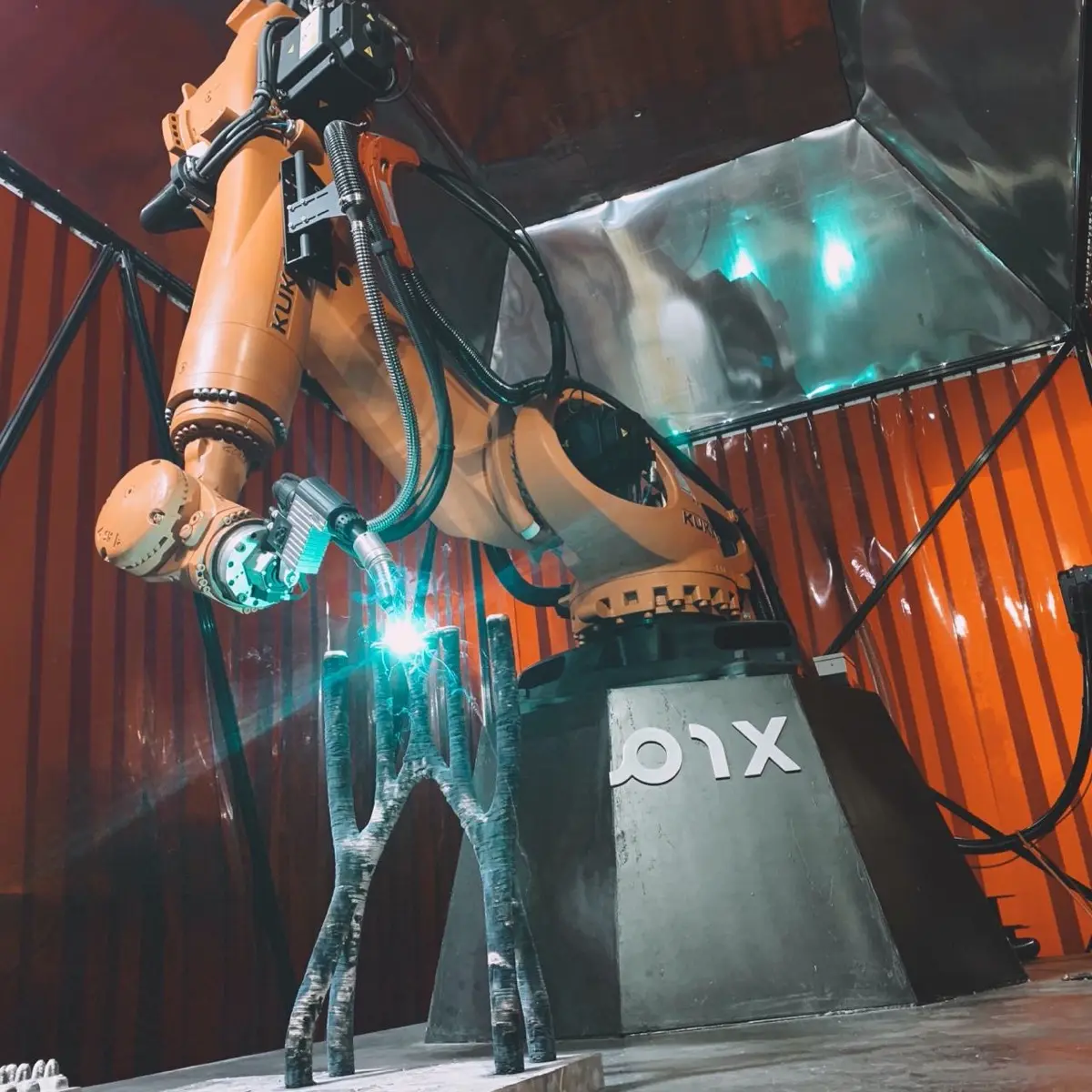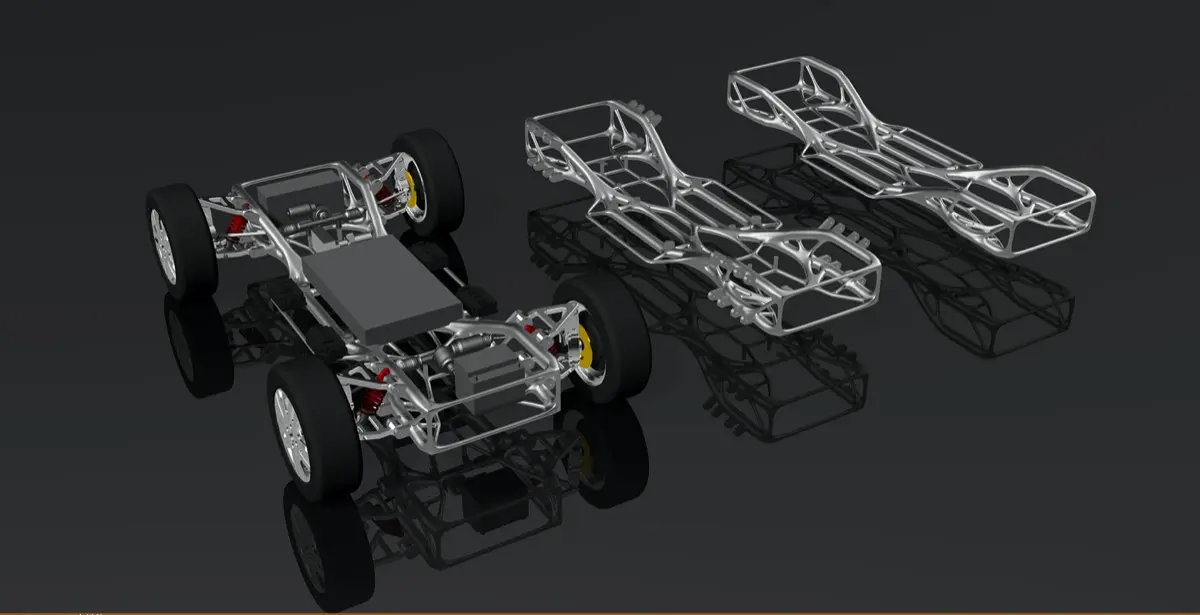PIX Moving is working to reshape the future of city life by fully exploiting autonomous mobility and bringing mobility to traditionally fixed brick and mortar business spaces. The team developed many electric chassis platforms of various sizes, that customers use as a base to develop their ideas. A few days ago we reported on the company’s unique use of generative design and WAAM technology. Now Mechanical Design Engineer Siddharth Suhas Pawar expands on that, presenting the business case for the use of WAAM processes in actual production.
“Since we started selling, we have seen our customers use them as testbeds for their self-driving algorithms,” says Siddharth Suhas Pawar. “They use them as a base to develop products such as autonomous cargo vehicles, moving restaurants, and for research purposes at universities. Our chassis platforms are fully electric, with four-wheel steering, use hub motors, and easy to use drive-by-wire systems.
Why 3D printing, why WAAM?
Because most of PIX’s sales are targeted at businesses, customizability is a key factor. A lot of customers need chassis of customized lengths, widths and capacity. “3D printing became necessary to meet these changing needs,” explains Suhas Pawar, “as it is difficult, time-consuming and expensive to manufacture customized chassis with traditional manufacturing techniques.
WAAM turned out to be significantly more cost-effective than traditional manufacturing. This is due to two primary reasons. One is the reduction in the number of parts- leading to a reduction in assembly time, and thus human labor.
In addition, WAAM is inherently affordable. The cost of metal wire, even for the high-strength aluminum alloy used by PIX, costs $10 US per Lg. “Our generative design chassis weighs about 60kg,” says Suhas Pawar, “If you do not consider the initial costs of robot and welding equipment, the only other cost is electricity, A lot of the products we sell now have a fully 3D printed chassis”.
Manufacturing on Demand
Why wire and not powder?
For powder-based AM, at present, the cost is a big obstacle, and a significant reduction of powder printing costs is not expected in the short term. “In our opinion, metal parts over 1 meter wide still need to look to metal wire printing,” Suhas Pawar explains. “The heat source can be arc or laser, but the material needs to be wire. For metal parts over 1 m, Direct Energy Deposition (DED) with wire is the right technology.”
“The fundamental difficulty is that WAAM just cannot make complex parts, because of the relatively large minimum feature size(2mm), and because metal needs relatively more time to solidify. This implies that it is not possible to print at sharp overhang angles, In fact, in the earlier stages on our work, it was about 20 degrees with the vertical. What WAAM can do, is print really big things, like rocket structures, chassis, a lot faster than powder-based AM, and a lot cheaper.
Adding generative design to Pix Moving WAAM
“Generative design, combined with affordable AM yields a complete system. Only a complete system can bring a great sense of change and lead to value creation. The generative design chassis that PIXMOVING 3D printed weighs 60 kg, compared to 130 kgs of their traditionally manufactured chassis “That’s because we implement a topology optimization technique.”
THe PIX Moving team used generative design in other ways too, by combing parametric design with evolutionary algorithms. In the future, this technology will be used to let customers design their own chassis on a website, where they can quickly change the width, length, capacity, and other parameters within minutes.
* This article is reprinted from 3D Printing Media Network. If you are involved in infringement, please contact us to delete it.
Author: Davide Sher




Leave A Comment